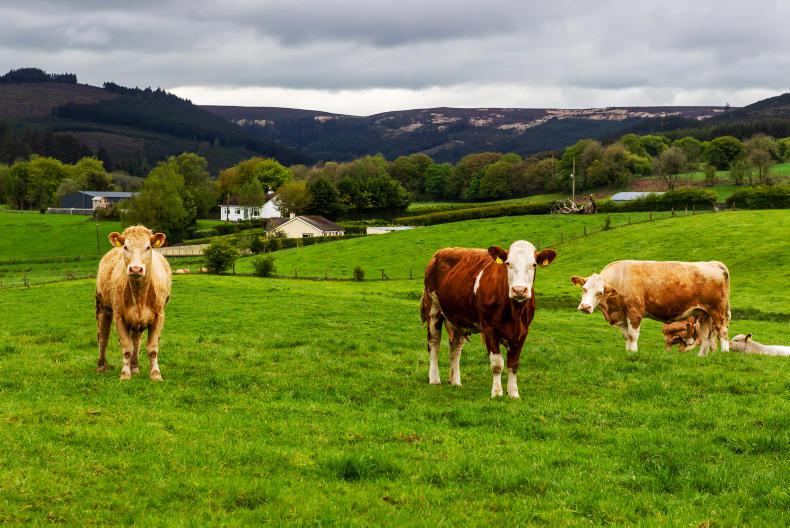New targets for cutting greenhouse gas emissions in NI will put a brake on expansion in livestock farming, a senior agricultural scientist has said.
“There will be legislation put in place and we will need to hit targets. There will either be incentives or sticks to get to those targets,” said Dr Elizabeth Magowan, director at the Agri Food and Biosciences Institute (AFBI).
“I’m not of the position where we need to think about reducing [livestock] numbers. I think it’s going to be difficult to increase numbers,” she maintained.
Speaking to UFU members on Tuesday, Magowan said she was “quietly optimistic” that farmers could meet the challenges posed by new climate change legislation but added it would require significant investment across the industry.
“It’s going to be a cost that’s going to have to be absorbed to hit those legislative targets,” she said.
DAERA officials are currently developing new legally binding climate change targets for NI. This could include an 82% reduction in emissions by 2050, as proposed last year by an advisory body to the UK government.
Separate proposals, which are expected to include more ambitious targets, are also due to come before Stormont shortly. The proposals by the Green Party are supported by Sinn Féin, SDLP, Ulster Unionist Party and the Alliance Party.
Challenge
During the UFU event, Magowan gave the example of a recent study by the Scottish Rural College which found that using all measures and technologies that are currently available, UK farming could only cut its emissions by 19% by 2035.
“There are a lot of technologies that need to be developed to both reduce emissions and capture carbon (to offset emissions),” she said.
However, the AFBI director made clear that the ability of grassland to sequester carbon from the atmosphere is not fully understood at present, and research indicates that soils in NI can capture more carbon than the UK average.
“That flow of information needs to be continually built and fed into the powers that be,” Magowan said.
Dr Steven Morrison from AFBI said that the ability of hedgerows and trees to sequester carbon is currently not included in emissions figures for the land use sector, or in carbon footprint calculators for farms.
He cited new research from AFBI which found that properly managed hedgerows can capture 0.7t of CO2/ha/year, which is a similar level to carbon sequestration in soils.
“The challenge here is quantifying that biomass [in hedgerows and trees] at scale. At an experimental level we can do it, but the issue is doing it at a farm or regional level,” Morrison said.






 This is a subscriber-only article
This is a subscriber-only article










SHARING OPTIONS: